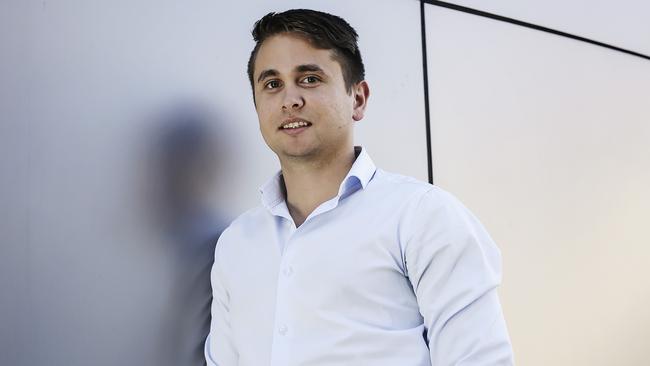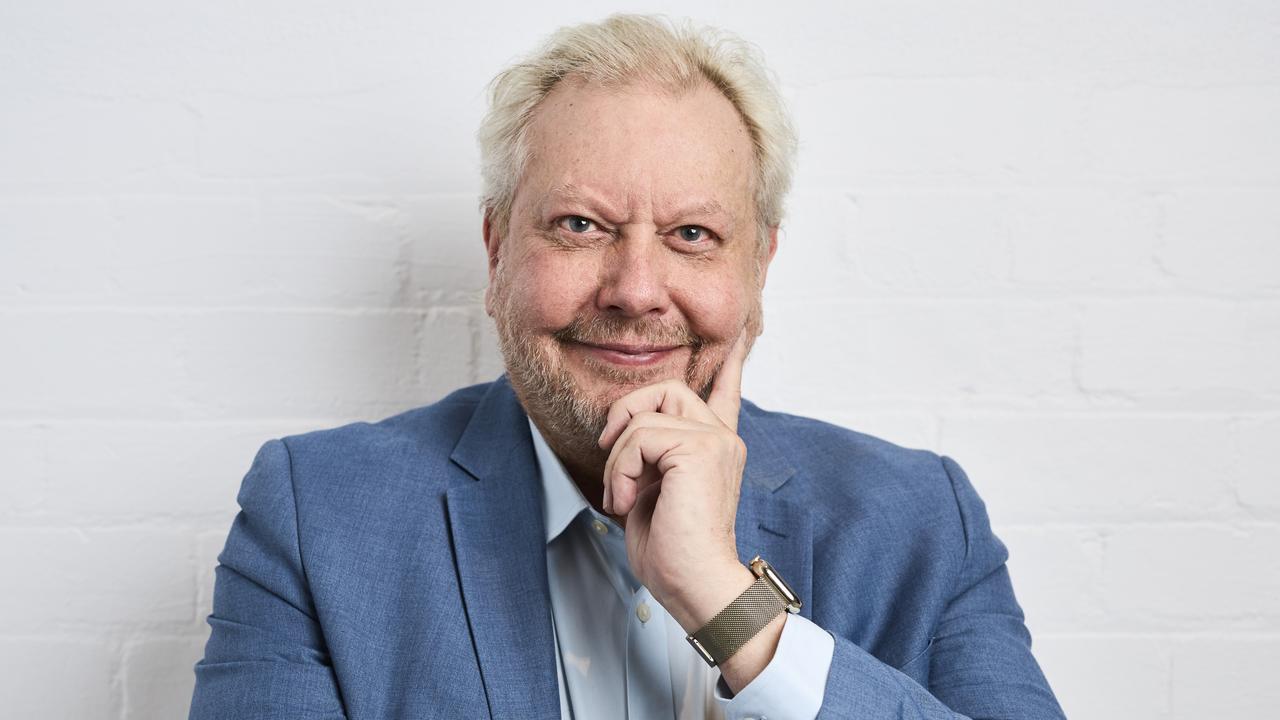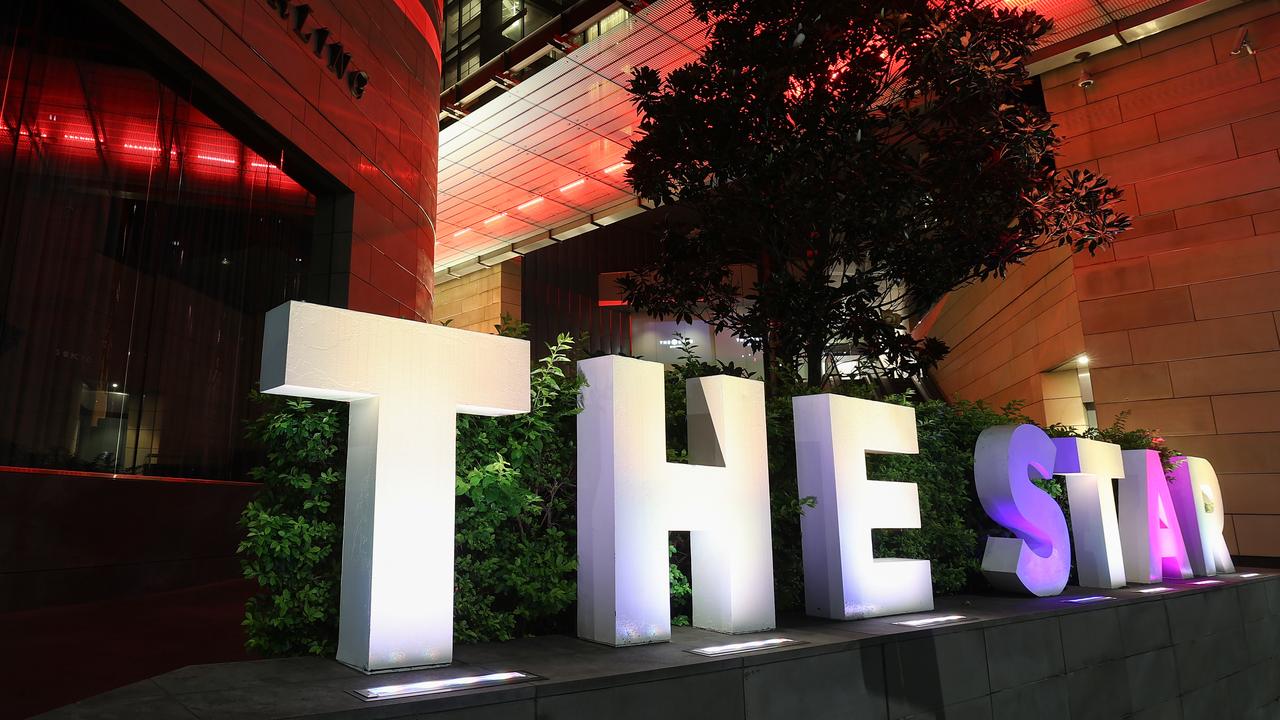When bosses, banks fail to deliver, go-getters make it their way
Shane Kennelly’s motivation for starting his own business was not that unusual. He hated his job.

Shane Kennelly’s motivation for starting his own business was not that unusual. He hated his job. As the general manager of a gas company, the then 37-year-old felt he and his co-workers were not valued by their employer.
So Kennelly and his younger brother Adam set up a construction company. Within seven years, Kennelly Constructions flourished from a two-man operation into a successful indigenous contractor, employing 35 staff and recently winning defence contracts worth almost $17 million.
The brothers, descendants of the Bundjalung Nation in northern NSW, initially put up their houses to secure the funding they needed to start the company.
“We also bought a small plant hire business that had a small amount of work on the Sunshine Coast where we decided to live,” Kennelly tells The Australian.
“Developing a business plan and selling it to the banks to help fund the purchase of earthmoving equipment was the biggest challenge.”
Kennelly says the company is on track to achieve its goal of becoming a leading engineering and construction business that has 50 per cent of its workers from an indigenous background.
Kennelly represents a rapidly emerging economic force in Australia: indigenous entrepreneurs who are building successful companies and using their business acumen to open doors for young indigenous Australians.
The combined income generated by the top 500 Aboriginal and Torres Strait Islander corporations jumped almost 250 per cent since 2004-05 to $1.88 billion, the Office of the Registrar of Indigenous Corporations says.
In recognition of this market, earlier this month the Coalition announced plans to create an indigenous Entrepreneurs Capital Scheme, and vowed to overhaul Indigenous Business Australia, the federal body charged with providing home and business loans to indigenous Australians. It hopes both measures will assist the growing number of indigenous entrepreneurs who struggle to secure funding from banks and other institutions.
Indigenous Affairs Minister Nigel Scullion said: “From July 1, we will be changing IBA’s funding arrangements to focus it on supporting entrepreneurs who have low intergenerational wealth and need greater support.’’
Indigenous entrepreneur Dean Foley says the changes “look good on paper”.
“Reforming IBA’s funding to (hopefully) other non-government initiatives that can deliver a bigger impact is long overdue.”
The 28-year-old is the founder and CEO of Barayamal, a start-up accelerator he launched last year, frustrated by a lack of funding and opportunities for indigenous entrepreneurs. “There needs to be more awareness created around indigenous entrepreneurship to show what’s possible and a supportive ecosystem and process that will help the indigenous entrepreneurs through their journey,” Foley says.
Kennelly believes he has a “responsibility to help others achieve their dreams”.
Twenty per cent of Kennelly Constructions’ workers are indigenous and the company funds Aboriginal civil engineering scholarships at Southern Cross University in Lismore and Charles Darwin University in Darwin.
“Our proudest moment was having one of our civil scholarship winners, Christopher Wright, graduate at the end of last year and then come and work for us,” Kennelly says.
“He is now a role model in the Bundjalung community and shows that with hard work we can achieve our dreams.”
A Kamilaroi man, who grew up in the Aboriginal community in Gunnedah, NSW, Foley left the air force in 2014 to study business. He launched Barayamal in November in Brisbane by running a four-week accelerator program with five indigenous start-ups.
The program provided budding entrepreneurs with some of the business skills needed to take their ideas through the development stage to commercial success and gave them access to mentors and business connections.
While the number of indigenous start-ups is growing, Foley believes many are missing out of the potential of the digital economy.
ORIC says most indigenous companies operate in health and community services, followed by employment and training, land management, retail, arts and housing.
“We are under-represented in technology businesses,” Foley says. “And it starts with young indigenous children. There’s a need to give indigenous kids the right skills and experience when they are at school to get them ready for the real world as we progress further into the digital revolution.”
Many indigenous businesses also are in remote locations, compounding the need to operate digitally.
KPMG’s “Igniting the Indigenous Economy” report, released last year, says accelerator and incubator programs, “so critical in facilitating the cross-pollination of ideas, are generally clustered tightly in inner-city metro areas, away from indigenous populations which tend to be located in outer suburbs and regional areas.”
Mikaela Jade was an environment biologist who had no technology skills, no business background and no money when she came up with the concept for her start-up company, Indigital, in 2012. Jade had no illusions about the challenges she faced.
“I’m indigenous, I’m female and I run a tech company from a remote part of Australia. Investors thought I was high risk,” she says.
It took three years, a small state government grant, a team of senior indigenous artists, funding from a virtual reality studio in Britain and the support of coding experts in India to help Kakadu-based Jade to launch her business.
Jade uses drones, 4D mapping software and image recognition technology to develop an app that brings indigenous cultural sites alive through augmented reality.
“Our app is like a Pokemon but for indigenous storytelling,” Jade tells The Australian.
Users can point their smartphone at a landscape, indigenous artwork or cultural object and the app shows 3D animated content and stories about the object or site, created by traditional artists.
Last year Jade participated in a panel discussion about female entrepreneurs with Lucy Turnbull and Google’s engineering community and outreach manager Sally-Ann Williams, and she was given the opportunity to display the app to Malcolm Turnbull.
Jade says indigenous companies and culture should play a far greater role in the digital economy. She says when she was trying to secure funding for her business, she was told, “indigenous people don’t use technology”.
“That … was a huge motivating factor for me.”



To join the conversation, please log in. Don't have an account? Register
Join the conversation, you are commenting as Logout